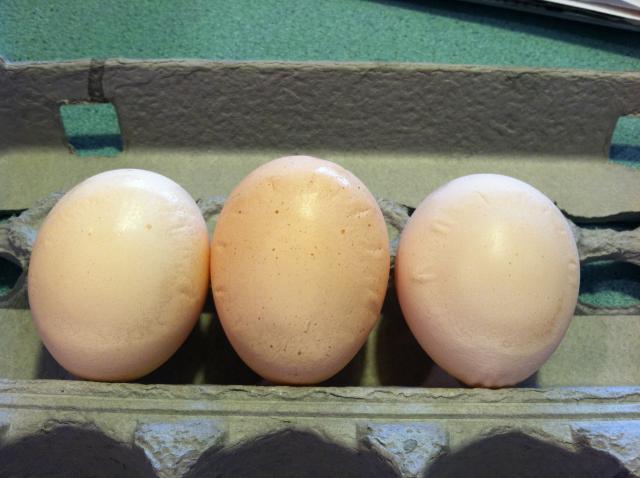One of my Buff Orpingtons has been laying these odd shaped eggs recently has anybody else ever gotten any like this and any ideas as to what is the cause. I think she may have a mass that is causing the strange circular shape on one side of the egg it is slightly flattened too just on the side with the circle.





